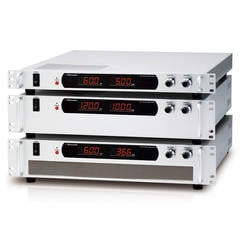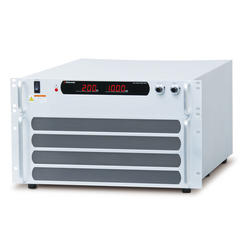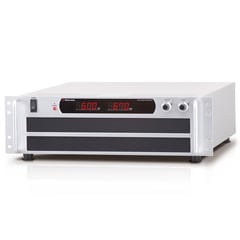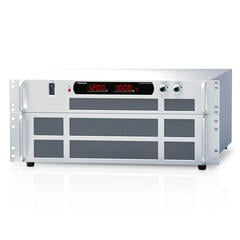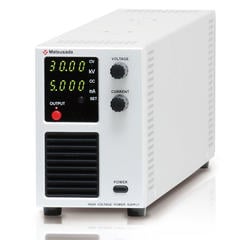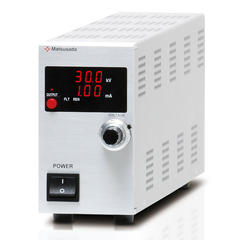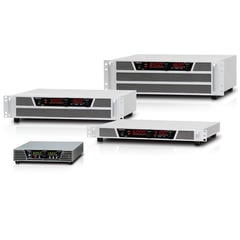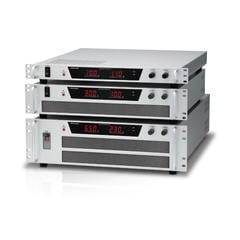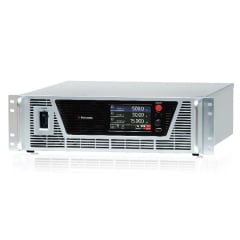Dielectric breakdown testing is a high voltage test to measure the withstand voltage of materials used for electrical insulation. Insulators are glass, resin, rubber, and other materials that do not conduct electricity. Materials with particularly high insulation resistance and high dielectric strength are called insulating materials.
Insulating materials are used for the purpose of blocking the flow of electricity to unintended places. Familiar examples include the resin that covers the area around electrical outlets and the insulators used in electrical wires. Particularly in places where high-voltage power supplies are used, the reliability of insulators is required because leakage of electricity (electrical leakage) can lead to serious accidents such as electric shock, fire, and personal injury. One of the tests conducted to ensure this reliability is the dielectric breakdown test.
The dielectric breakdown test is standardized by EC 60243-1, ASTM D149, JIS C2110, JIS K6911, etc., and the test conditions are determined. In the dielectric breakdown test, a high-voltage current is applied to the insulating material, and the voltage at which it is destroyed is measured. The voltage required varies depending on the material and can range from several hundred V to several kV. Basically, materials that can withstand high voltage are used, so a high-voltage power supply is required.
Matsusada Precision offers a lineup of high-voltage power supplies with a maximum output of 200 kV that are available for dielectric breakdown tests on a variety of materials.
Dielectric breakdown test equipment

- Related words:
-
- Insulation Insulation Materials
- Withstand Voltage
- High Voltage Insulation Resistance
- Dielectric Strength
- IEC 60243-1
- ASTM D149
- JIS C2110
- JIS K6911
- Insulation breakdown test
- Dielectric withstand test
- Hipot testing




